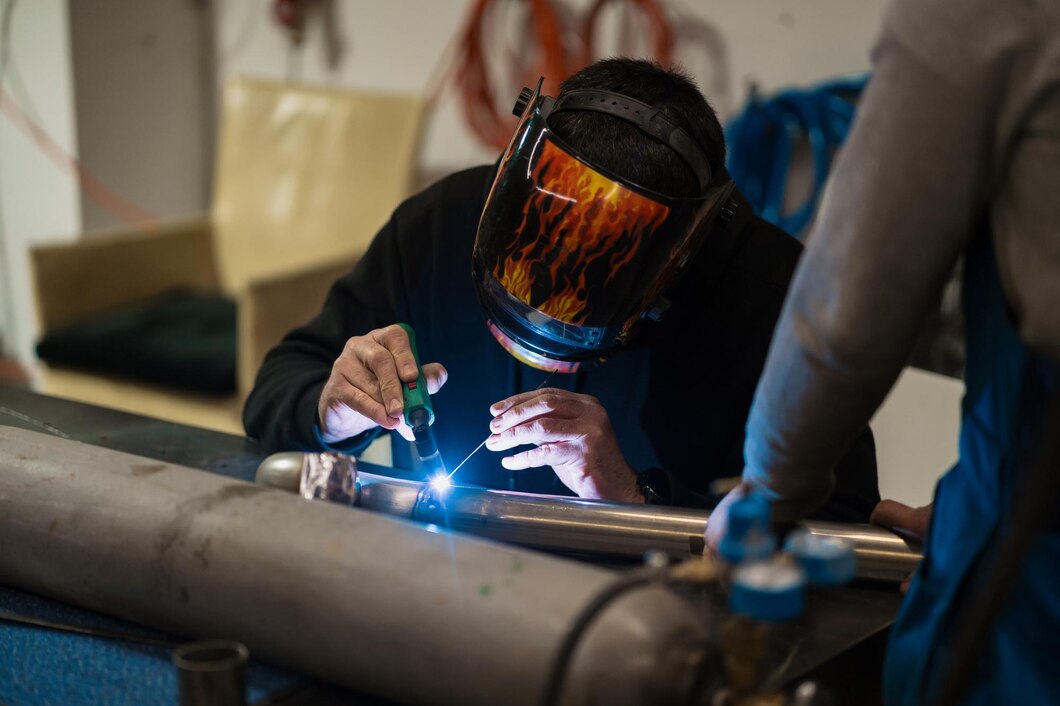All human activity has an environmental impact but the urgency of the climate crisis has increasingly forced us to minimise that impact as much as possible, with great focus placed on the reduction of greenhouse gas emissions. Power generation has been a significant contributor- with gas, oil, and coal power all carrying a significant carbon cost.
Although the importance of a renewable energy transition is widely recognised, it currently accounts for 10 percent of global energy production. This is a result of various factors, one of which is the challenge of addressing the reliability of renewable energy.
Unlike other forms of power generation, there is little control over renewable energy sources as they typically rely on weather conditions. A leading renewable source, solar energy is also known for its intermittent or variable nature and is susceptible to other weather elements. To maximise renewable sources, a form of energy storage is needed.
Batteries have been the primary method of addressing this challenge so far, however there are some challenges in terms of the sustainability of its materials. Production of batteries entail various extraction and refining activities which are carbon intensive processes and the disposal method of its hazardous chemical waste present additional concerns. While batteries have greatly helped in accelerating renewable energy integration, there is a need to find environmentally safe energy storage technologies.
This has renewed interest in flywheel technology. Flywheels have been in use to store power for hundreds of years, many of the innovations of the Industrial Revolution relied on giant flywheels as much as they did steam power. The difference between then and now is that modern technology has propelled flywheels to a much more viable method of energy storage.
Significant developments in material and design enabled flywheels to reach incredibly high speeds, potentially exceeding 9,000 rpm. Design components such as magnetic bearings and vacuums help to ensure that energy is retained and losses to friction are reduced. An example of a breakthrough in this technology is the M32 flywheel from Amber Kinetics. The M32 flywheel has a power capacity of 8kW and a discharge duration of four hours.
Renewables and energy storage are an integral part of our energy transition, but clean technologies are necessary to make a real difference. Kinetic energy storage is a promising solution to a future of emission-free energy production.




